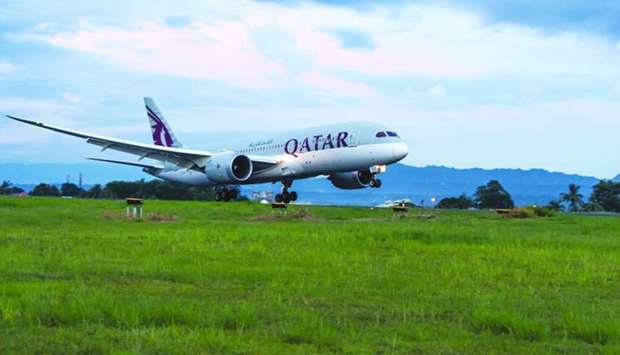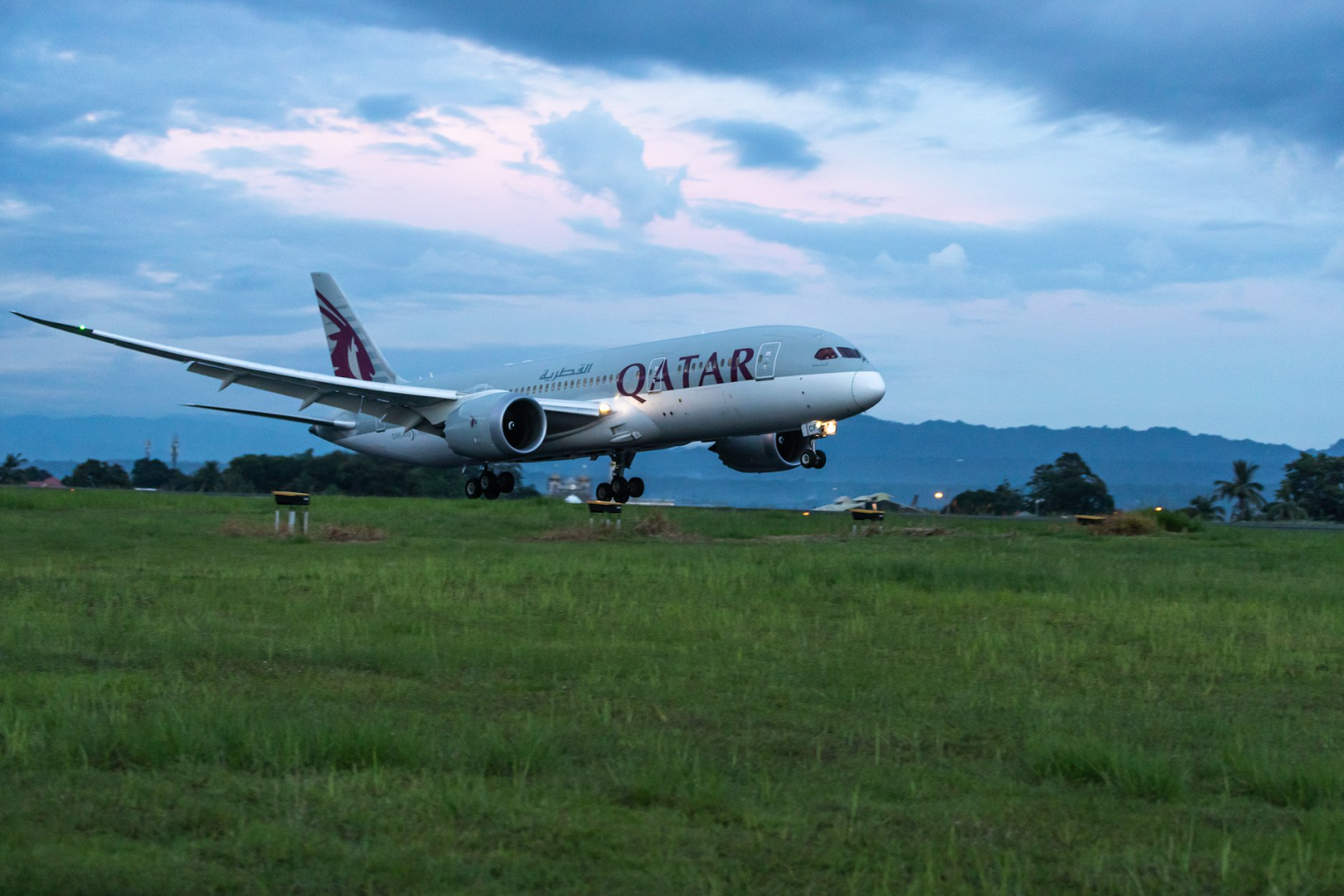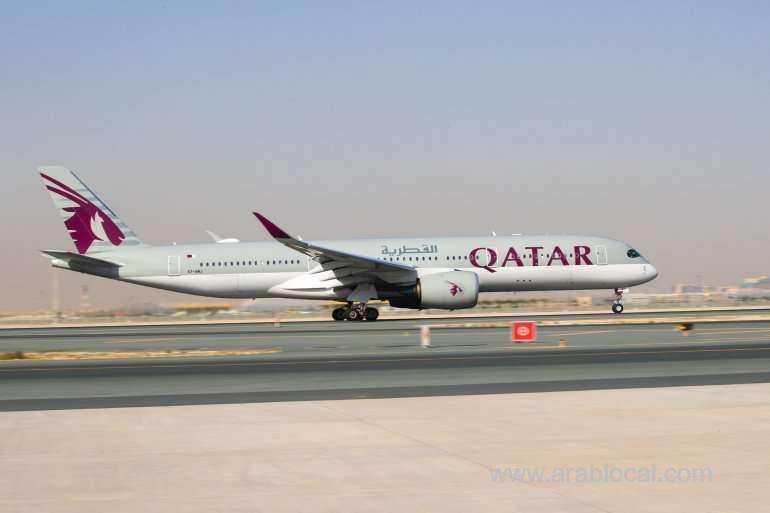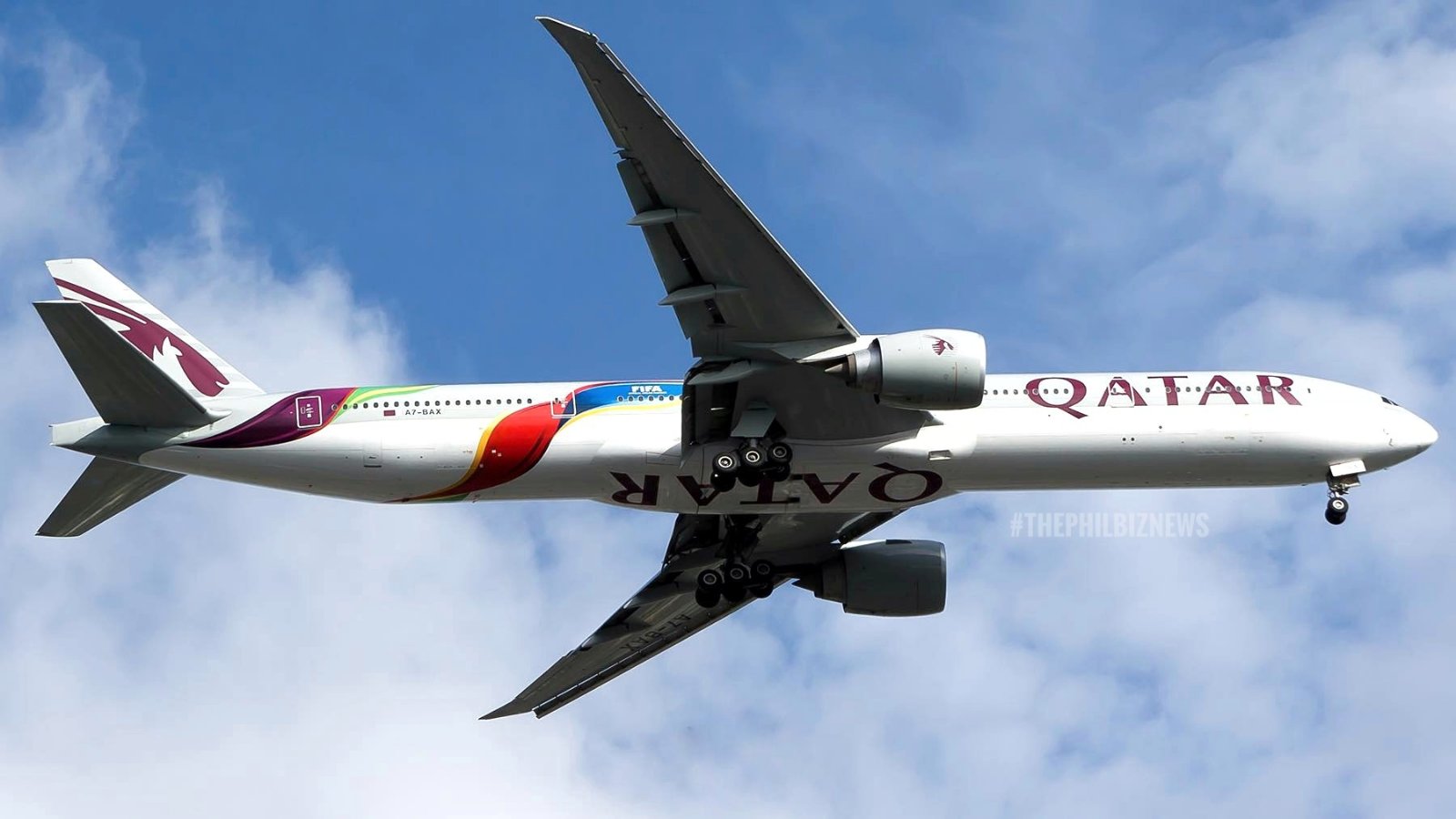Qatar Airways Flight To Philippines

A recent Qatar Airways flight to the Philippines experienced unexpected turbulence, prompting scrutiny into passenger safety and airline procedures. While the incident did not result in any fatalities, several passengers sustained minor injuries, raising concerns about the preparedness for such in-flight events. The incident underscores the potential risks associated with air travel and the importance of adherence to safety regulations.
This report details the specifics of the Qatar Airways flight, examines the causes and consequences of the turbulence, and considers the broader implications for air travel safety. The incident serves as a reminder of the unpredictable nature of air travel and the need for constant vigilance in maintaining passenger safety.
The Incident
The affected flight, QR932, departed from Doha's Hamad International Airport en route to Ninoy Aquino International Airport in Manila. According to passenger accounts and initial reports, the turbulence occurred approximately halfway through the flight, over Southeast Asian airspace. The aircraft experienced a sudden and significant drop, causing unsecured items to fly around the cabin and passengers to be jolted from their seats.Passengers described the experience as frightening and chaotic.
"It felt like we were suddenly falling out of the sky,"said Maria Santos, a passenger on the flight, in an interview with a local news outlet.
"People were screaming, and things were hitting the ceiling."
Preliminary investigations suggest that the turbulence was caused by unexpected clear-air turbulence (CAT), which is notoriously difficult to predict. Unlike turbulence associated with visible storm clouds, CAT occurs in cloudless regions and is often undetectable by onboard radar.
Aftermath and Response
Following the turbulence, the flight crew immediately assessed the situation and provided assistance to injured passengers. The pilots maintained control of the aircraft and continued to Manila, where the plane landed safely. Medical personnel were on standby to provide further treatment upon arrival.Qatar Airways released a statement confirming the incident and expressing regret for the injuries sustained by passengers. The airline stated that it is fully cooperating with authorities in the investigation to determine the exact cause of the turbulence and prevent similar incidents in the future. The statement also emphasized the airline's commitment to passenger safety.
Philippine authorities confirmed that a number of passengers received medical attention for minor injuries, such as bruises and sprains. No serious injuries were reported. The incident prompted a review of safety protocols and emergency response procedures at Ninoy Aquino International Airport.
Impact and Implications
The incident involving Qatar Airways flight QR932 highlights the importance of several factors in ensuring passenger safety during air travel. These include the use of seatbelts, adherence to crew instructions, and the proactive management of turbulence by airlines.Aviation experts emphasize that while turbulence is a common occurrence, severe turbulence can pose a significant risk to passengers and crew. They recommend that passengers keep their seatbelts fastened throughout the flight, even when the seatbelt sign is turned off. This simple precaution can significantly reduce the risk of injury during unexpected turbulence.
Furthermore, the incident underscores the need for airlines to invest in advanced turbulence detection systems. Although clear-air turbulence is difficult to predict, improved forecasting models and detection technologies could potentially provide earlier warnings, allowing pilots to take evasive action or alert passengers in advance.
The incident also serves as a reminder to airlines about the importance of providing clear and effective communication to passengers during emergencies. Keeping passengers informed about the situation and providing reassurance can help to mitigate anxiety and ensure cooperation.
Looking Ahead
The investigation into the Qatar Airways turbulence incident is ongoing. The findings will likely inform future safety recommendations and potentially lead to improvements in turbulence detection and management practices. As air travel continues to grow, it is essential that the aviation industry remains vigilant in identifying and addressing potential safety risks. The safety of passengers must always be the top priority.

















